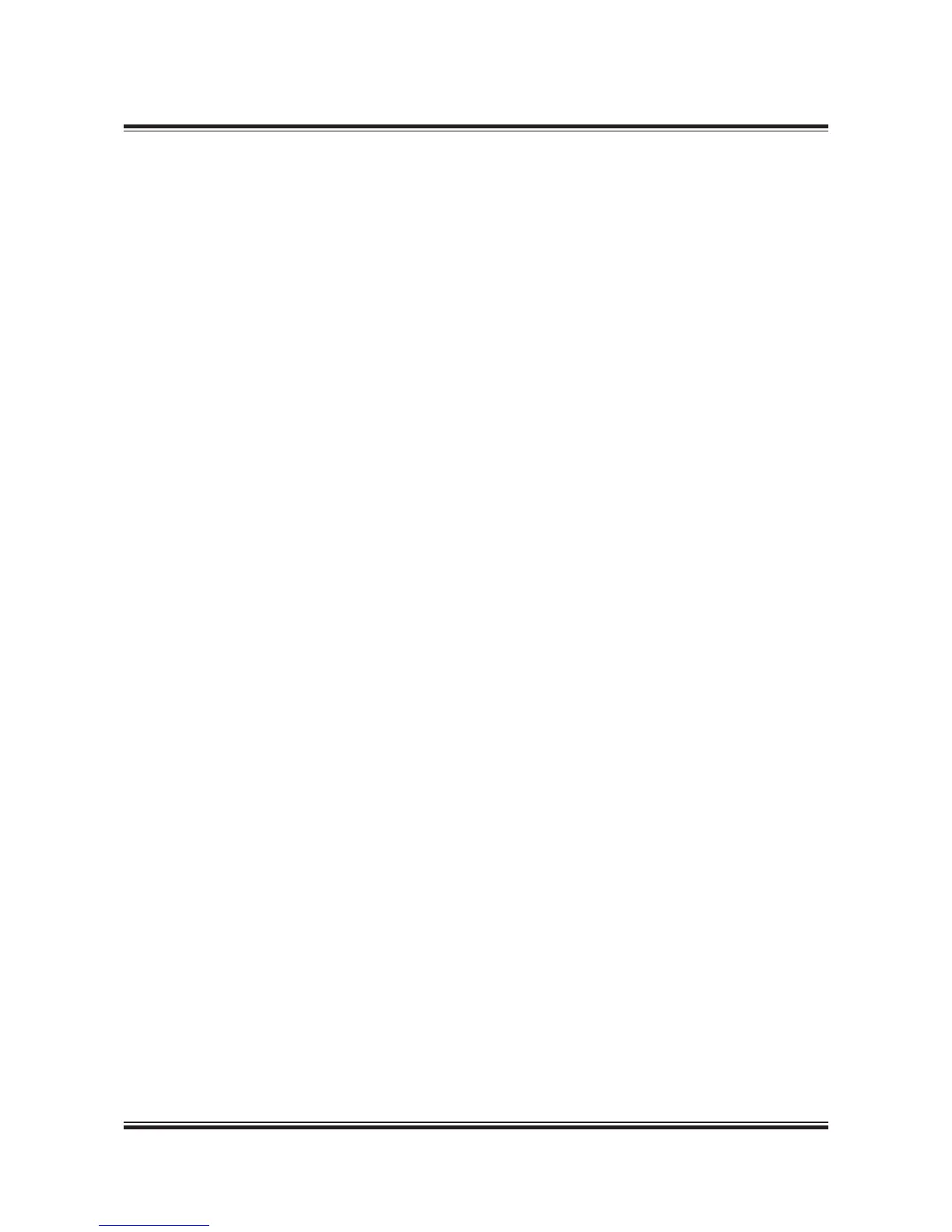MAN B&W 7.01
Page 1 of 3
MAN Diesel
198 67 38-5.1MAN B&W S42MC, S40MC-C, S35MC, S35MC-C, L35MC,
S26MC
The system is so arranged that both diesel oil and
heavy fuel oil can be used, see figure 7.01.01.
From the service tank the fuel is led to an electri-
cally driven supply pump by means of which a
pressure of approximately 4 bar can be main-
tained in the low pressure part of the fuel circulat-
ing system, thus avoiding gasification of the fuel in
the venting box in the temperature ranges applied.
The venting box is connected to the service tank
via an automatic deaerating valve, which will re-
lease any gases present, but will retain liquids.
From the low pressure part of the fuel system the
fuel oil is led to an electricallydriven circulating
pump, which pumps the fuel oil through a heater
and a full flow filter situated immediately before
the inlet to the engine.
An in-line viscocity regulator located after the
heater controls the heating temperature according
to the prescribed viscosity of the specific fuel oil.
Design parameters
To ensure ample filling of the fuel injection pumps,
the capacity of the electricallydriven circulating
pump is higher than the amount of fuel consumed
by the diesel engine. Surplus fuel oil is recircu-
lated from the engine through the venting box.
To ensure a constant fuel pressure to the fuel
injection pumps during all engine loads, a spring
loaded overflow valve is inserted in the fuel oil
system on the engine.
The fuel oil pressure measured on the engine (at
fuel pump level) should be 78 bar, equivalent to a
circulating pump pressure of 10 bar.
The builton overflow valves, if any, at the supply
pumps are to be adjusted to 5 bar, whereas the
external bypass valve is adjusted to 4 bar. The
pipes between the tanks and the supply pumps
shall have minimum 50% larger passage area than
the pipe between the supply pump and the circu-
lating pump.
If the fuel oil pipe ‘X’ at inlet to engine is made as
a straight line immediately at the end of the en-
gine, it will be necessary to mount an expansion
joint. If the connection is made as indicated, with
a bend immediately at the end of the engine, no
expansion joint is required.
Fuel Pumps and Drain
The introduction of the pump sealing arrange-
ment, the so-called ‘umbrella’ type, has made it
possible to omit the separate camshaft lubricating
oil system.
The umbrella type fuel oil pump has an additional
external leakage rate of clean fuel oil which,
through ‘AF’, is led to a tank and can be pumped
to the heavy fuel oil service tank or settling tank.
The flow rate is approx. 0 - 1.25 litres/cyl. h.
This drained clean oil will, of course, influence the
measured SFOC, but the oil is thus not wasted,
and the quantity is well within the measuring ac-
curacy of the flowmeters normally used.
The main purpose of the drain ‘AF’ is to collect
pure fuel oil from the fuel pumps as well as the
unintentional leakage from the high pressure
pipes. The drain oil is lead to a tank and can be
pumped to the Heavy Fuel Oil service tank or to
the settling tank.
The ‘AF’ drain is provided with a box for giving
alarm in case of leakage in a high pressure pipe.
The size of the sludge tank is determined on the
basis of the draining intervals, the classification
society rules, and on whether it may be vented
directly to the engine room.
Drain ‘AF’ is shown in Fig. 7.03.01.
The main components of the pressurised fuel oil
system are further explained in section 7.05.
Pressurised Fuel Oil System
